Materia Medica
The ancient science of Chinese herbal formulation is mysterious, complex and incredibly sophisticated. Within this uniquely-conceived system individual herbs are understood to have more than single actions or targeted issues. Each has a scope of features that defines its way of interacting with other herbs and with the body’s motivating force, the Qi.
…because of this, Years of study and practice are necessary to fully master the art of effective formula creation using TCM principles of therapeutic combination. Within a given preparation, there is nothing accidental about the inclusion of any component. Which means: every single ingredient in our formulas has a specific and carefully considered reason for being there. Like timeless Far Eastern philosophy, the essence of Chinese herbal science is dynamic, balancing, synergistic.
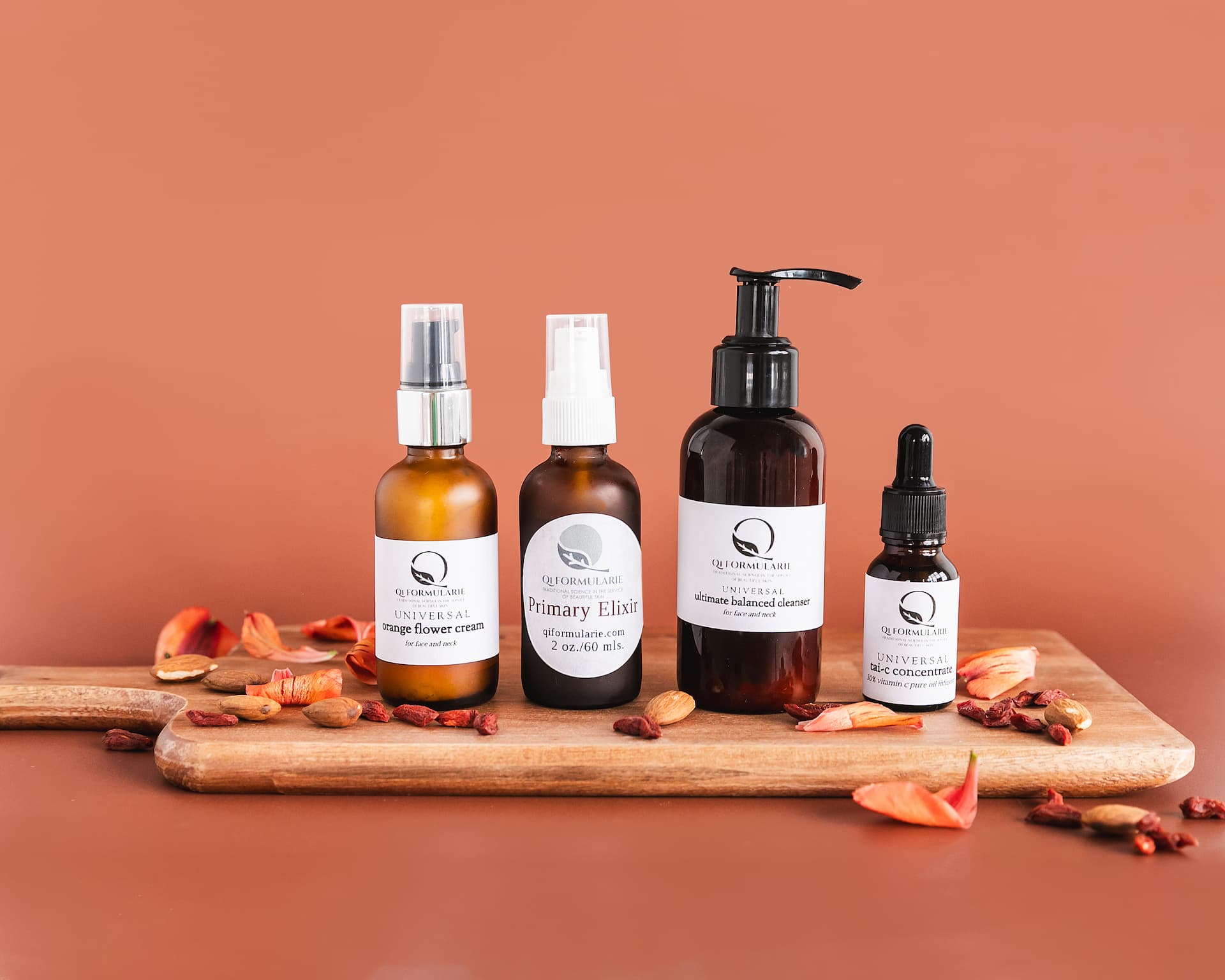
Almond (ba dan xing ren), Prunus dulcis
Chinese Medicine properties: moistening, harmonizing, tonifying.
As there is often an indistinct line between foods and medicinals in Chinese medicine this familiar nut is nevertheless considered to have great therapeutic value in tonifying the essence (deep reserves) of the body as well as adding hydration and balance to the skin.
Almonds contain significant amounts of flavanoids, and vitamin E which are known to increase blood vessel strength.
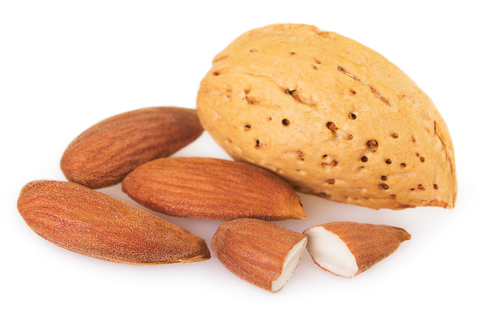
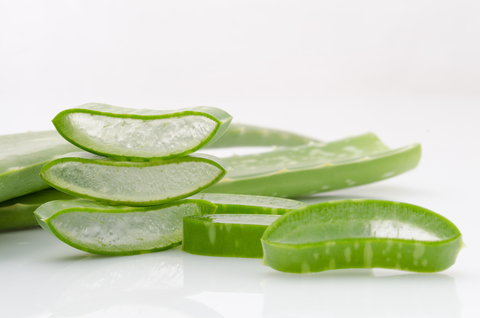
Aloe (lu hui), Aloe vera
Chinese Medicine properties: purifying, cooling, regenerating
With its cooling anti-inflammatory action, it is well known for healing sunburned or damaged skin. Aloe’s value in treating acne comes from this quality as well, along with its antiseptic properties.
Aloe has an ancient tradition of use as a beauty and medicinal herb. The ancient Egyptians called it “the plant of immortality”. Eastern and Western herbalists have cherished it since antiquity for its skin-regenerating properties and soothing coolness.
Carrot (ye hu luo bo), Daucus carota
Chinese Medicine Properties: tonify Qi, clear heat, resolve dampness, detoxify
Carrot is unusual in its ability to both clear heat – a Yin function; and drain dampness – an action that is more Yang in nature.
Western science has recognized the powerful skin-related benefits of this bright orange root; it’s high levels of vitamin C and beta carotene are known skin rejuvenators, increasing cell turnover, healing and reducing inflammation. The versatile carrot also has purifying (detoxifying) properties which makes it a natural for acne-prone skin.
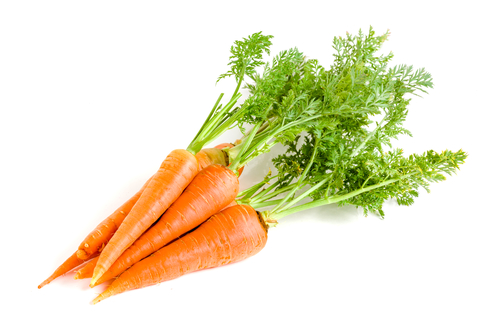
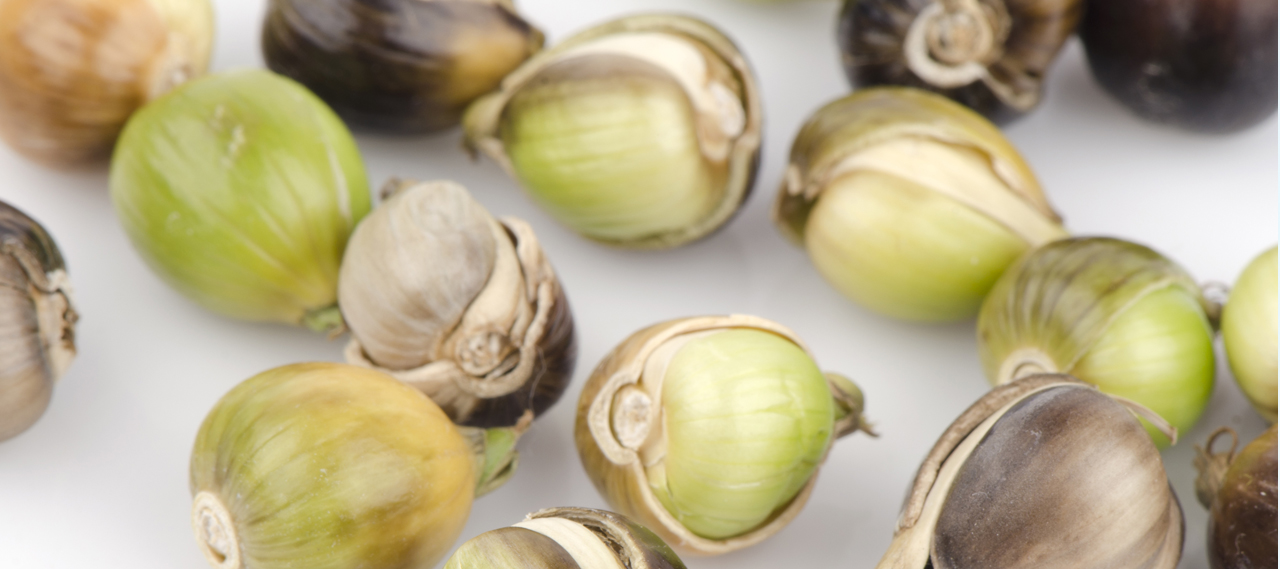
Coix seed (yi yi ren), Coix lacryma-jobi
Chinese Medicine Properties: cooling, transforming, supplementing.
The exquisite specialty of coix is in relieving pore congestion by both balancing skin’s water content and cooling the inflammation that can contribute to acne. It is rare for an herb with these qualities to be also supplementing; but coix, like most nutritious grains, has this ability as well.
The Chinese have long recognized coix in particular among grains as a skin-enhancing herb, both when eaten and topically applied
Cucumber (huang gua), Cucumis sativus
Chinese Medicine properties: cooling, clearing, transforming
Cucumber transforms edema, helping to keep puffiness at bay by draining it from beneath the skin.
The nature of cucumber is very Yin, which makes it a superior agent for cooling skin and clearing redness.
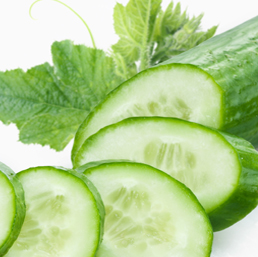
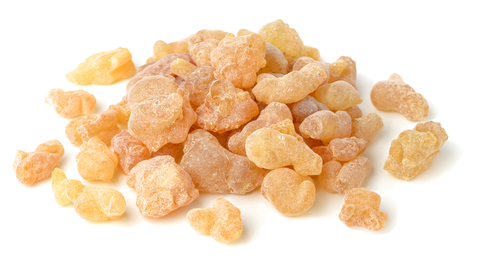
Frankincense (ru xiang), Boswellia carterri
Chinese Medicine Properties: regulating, regenerating, transforming
Frankincense is an herb of timeless use, long prized for its spiritual associations as well as for its therapeutic and skin-beautifying benefits.
One of the few herbs in the Chinese Materia Medica specifically designated as a skin-regenerator, frankincense has been recognized for thousands of years for its ability to fade scars and heal damaged or worn skin.
Ginger (sheng jiang), Zingiber officinale
Chinese Medical Properties – regulating, yang-tonifying, protective.
Ginger’s Yang-tonifying properties make it especially revitalizing of the complexion, since Yang is the source of radiance and life in Chinese herbal theory. Its action is understood to have an affinity for the eyes and skin. In the Chinese Materia Medica it is classified officially among herbs that ‘release the exterior’. This means that it is recognized for its immune-enhancing effects.
This well-researched root is shown in western studies to have protective benefits due to its antioxidant effects, to promote skin healing and collagen production, and to inhibit tumor growth.
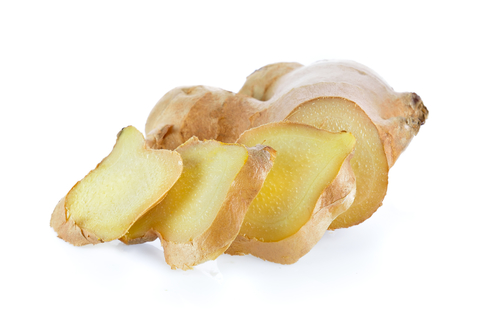
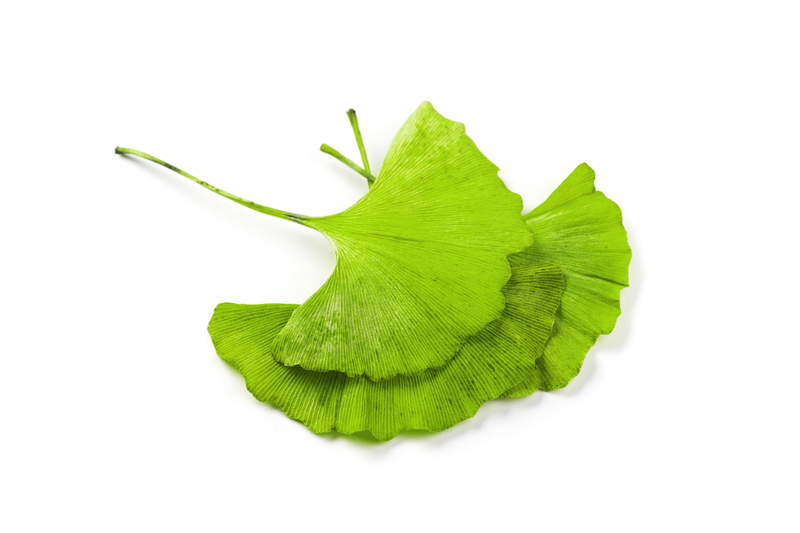
Ginkgo Biloba (Yin Xing Ye), Ginkgo biloba
Chinese Medicine Properties: regulate blood, astringe dampness, tonify Qi This unique plant is botanically ambiguous, fitting somewhere between ‘tree’ and ‘fern’.
For thousands of years t has been deeply revered for its longevity and cultivated for its therapeutic properties. Ginkgo is considered to have a particular affinity for the lungs, which are closely associated with the skin in TCM. Present-day science recognizes the amazingly resilient ginkgo’s effects on harmonizing blood flow, inflammation, and cellular protection.
Goji Berry (gou qi), Lycium chinense
Chinese Medicine Properties: yin-tonifying, purifying, deeply supplementing
Lately considered a ‘superfood’, got qi is full of protective anti-oxidants as well as skin-nourishing hydrators and collagen-supporters. It has been used for centuries as a tonic in Chinese culture. Goji berries contain high amounts of vitamin C, well-recognized for its ability to promote a tighter, radiant complexion by promoting collagen production and brightening skin.
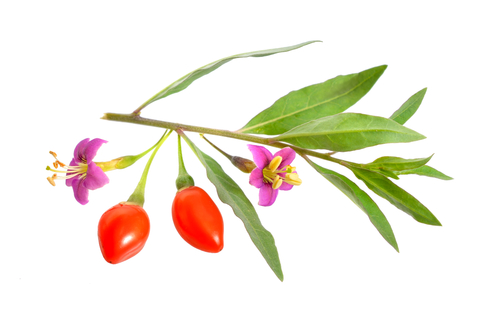

Green Tea (lu cha), Camellia sinensis
Chinese Medicine Properties: cooling, tonifying, regulating
Particular tea polyphenols called catechins, have been widely identified as some of the most powerful skin-protective antioxidants. Recent research shows its value particularly as a defender against sun damage, both topically and when taken internally.
Since ancient times green tea has been regarded as a tonic for long life and good health. It also has a long tradition of use for skincare, prized for its tonifying, decongesting and anti-inflammatory actions.
Honey (feng mi)
Chinese Medicine properties: tonifying, nourishing, calming
In TCM practice we attribute to honey the property of ‘moderating tension’, which translates in skincare to softening, moisturizing and calming. Honey is reputed to have been Cleopatra’s most-guarded beauty secret.
With its well-known antibacterial properties, honey is helpful to acne-prone skin, and its high levels of antioxidants and amino acids have made it a favorite since antiquity for imparting a deep healthy glow to skin.
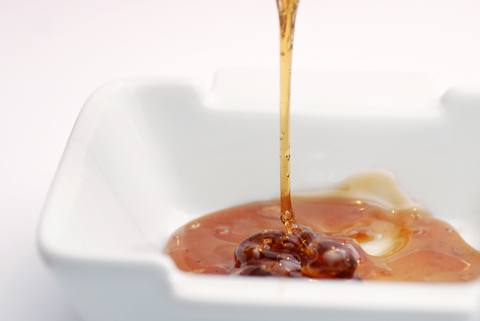
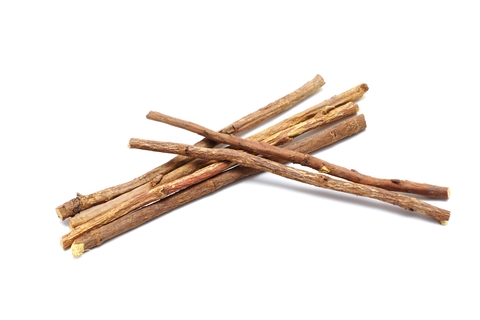
Licorice (gan cao), Glycyrrhiza glabra
Chinese Medicine Properties: tonifying, harmonizing, clearing
Although it is highly valued as a botanical on its own, one of the main uses for licorice is to harmonize (smooth together) the other herbs in a formula. In TCM science it is recognized as one of the very few herbs which enters all twelve channels of the body, which means its effects can be profound.
Licorice is known also as a superior heat-clearing herb; which means it is a detoxifier of such repute that it was considered the definitive antidote to some toxins. The acid in licorice helps to balance skin pH, and is well-recognized as a skin-brightener, anti-inflammatory and collagen-preserver.
Lotus (lian), seed (lian zi), and leaf (he ye), nelumbo nucifera
Chinese Medical Properties: nourish, astringe, calm, tonify Qi
From a practical standpoint the lotus is imbued with a plethora of therapeutic effects for which it is also highly valued. Every part is cherished for some nutritional/medicinal effect: the root is a nourishing edible of itself, with slices that contain a distinctive star/flower-shaped cutout pattern.
The seeds are powerful astringents – a Yang function – leaves and stem cool and calm the blood, actions related to lotus’ Yin nature. The blossom itself is known to be supremely calming.
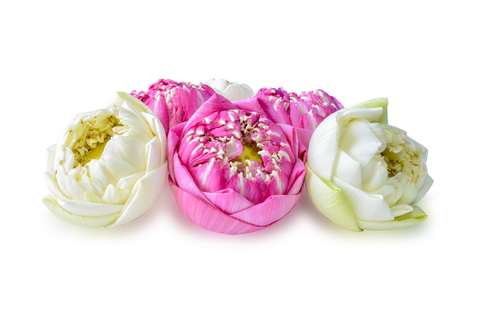
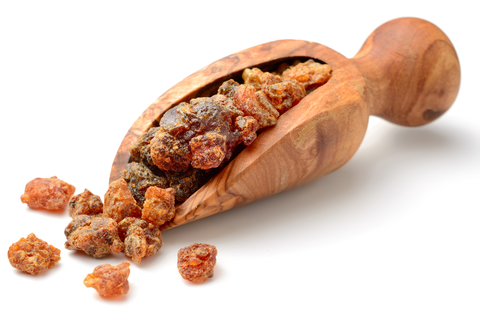
Myrrh (mo yao), commiphora myrrha
Chinese Medicine Properties: calming, regenerating, transforming
Myrrh is one of the few herbs in the Chinese Materia Medica specifically designated as a skin regenerator, and is also used to correct puffiness and for its calming qualities. It is considered a strong blood-mover and is used to promote healing.
For these reasons it is recognized as having superior benefits on mature or tired skin, while its antiseptic properties help skin prone to break-outs.
Neroli (dai dai hua), Citrus Aurantium flower
Chinese Medicine Properties: regulating, tonifying, astringing, quieting
Its astringing and quieting effects make it perfect to maintain daily skin health, creating a balanced glow by guarding against broken capillaries, dryness and unevenness.
Western herbalism recognizes it as a skin-regenerator. It has a healing, correcting effect on scars and marks. The flower is named after the 17th century Italian Princess of Nerola, whose precious beauty secret it was. Neroli blossoms are traditionally added to tea.
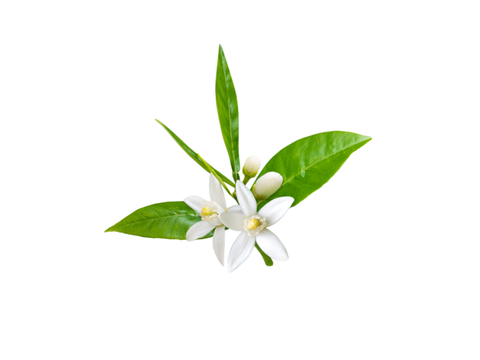
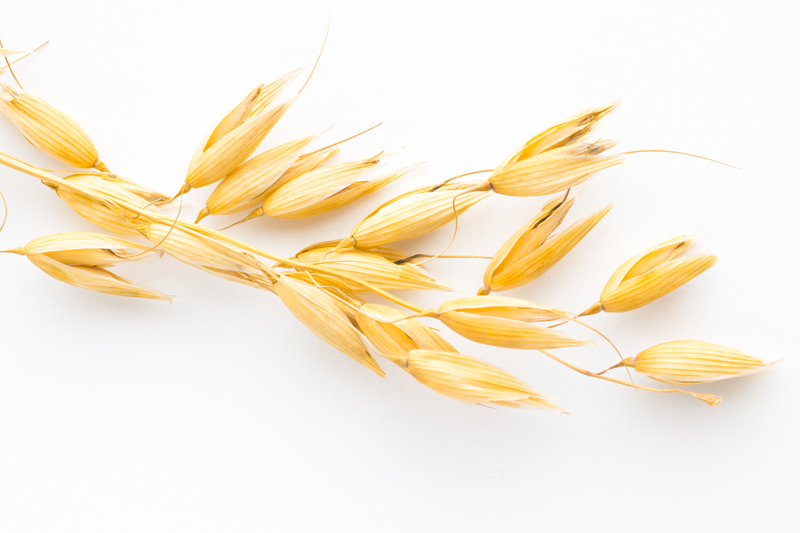
Oats (Yan Mai), Avena sativa
Chinese Medicine Properties: regulate Qi, tonify blood, drain dampness, calm the spirit The oat is one of the few grains recognized in TCM as effective against dampness (puffiness) without going so far in the direction of Yang as to be drying. This quality – along with its nutritive properties and calming, regulating nature – makes the humble oat ideal for skin care applications. Yin and Yang are particularly well-balanced in this soothing, familiar grain.
Orange peel, bitter (chen pi) and fruit (zhi ke), Citrus aurantium
Chinese Medicine Properties: regulating, astringing, transforming
Chen pi is a qi-moving, or regulating, herb. It specializes in moving fluid downward, astringing it from below the skin; transforming it to its pure, useful state once again in the body.
In Chinese Medicine citrus peel is cherished for is its particular ability to remove excess or unhealthy fluid, particularly below the skin of the face where it can accumulate and cause puffiness. The peel, like the fruit, contains significant amounts of bioflavonoids as well as vitamin C.
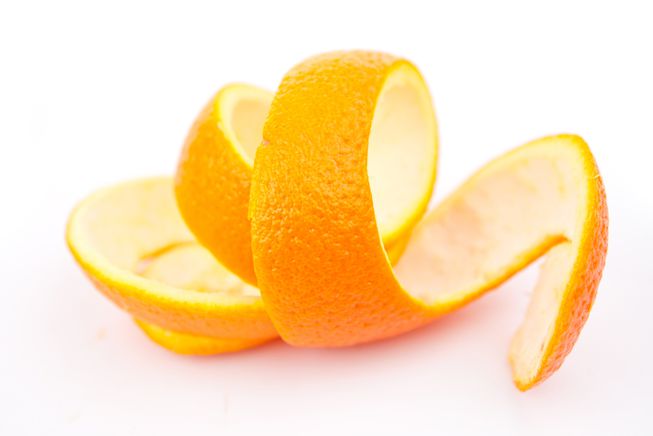
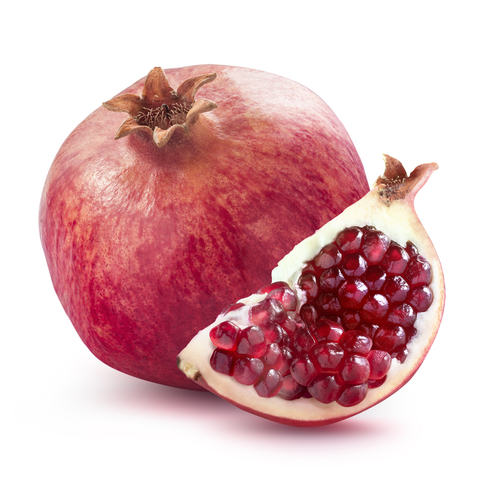
Pomegranate (shi liu), seed (shi liu zi), Punica granatum
Chinese Medicine Properties: astringing, cooling, tonifying
Chinese dietary theory recognizes the pomegranate fruit and seed as highly-valued astringents. Pomegranate’s tonifying action is aided by its cooling property, which addresses the inflammation that can dull the deep glow which comes from balanced, vital skin qi.
It has been shown in studies to prevent sun damage and to reverse its effects, both in the deeper layers of the skin and in the correction of hyperpigmentation.
Poria (fu ling), Wolfiporia extensa
Chinese Medicine Properties: transforming, calming, tonifying
Poria is a kind of mushroom, with outstanding abilities to remove excess fluid from tissue. Its luminous white color is regarded as signifying its value as an anti-inflammatory and skin-brightener. Preliminary studies point to anti-tumor properties as well, making it an ideal botanical for topical skincare.
Poria is highly-regarded for its calming effect on both the mind and body. Native Americans ate the poria plant as food in times of need. For this reason it is sometimes called “Indian Bread”.
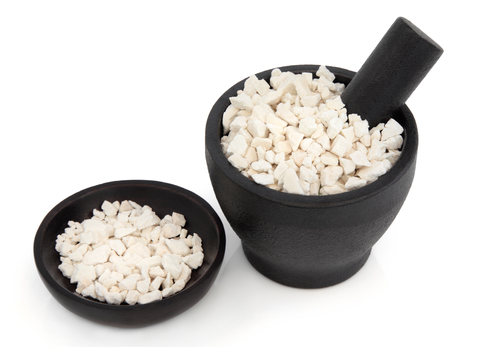
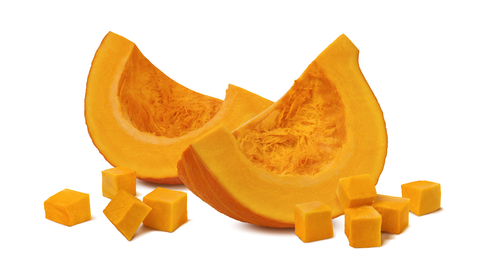
Pumpkin (nan gua), Cucurbita
Chinese Medicine properties: qi-supplementing, yang-tonifying, purifying
Pumpkin, like many squashes, is Qi-augmenting, nourishing and brightening. Balancing nourishing yin with warm, active yang, the pumpkin has particular value as a therapeutic food for body and skin. Vitamins B and C, carotenoids and minerals are in abundance, making this squash a superior botanical for the treatment of dull or tired skin.
Rice (Mi Fan), Oryza sativa
Chinese Medicine Properties: tonify Qi and blood , moisten Yin, clear heat
Rice is the most consumed grain staple in the world. It is native to China, and evidence of its first cultivation goes back eight millennia. Long known to have anti-inflammatory and healing benefits when applied topically, it is considered in the TCM paradigm to be a perfectly balanced substance: the Yang of active tonification balanced with the Yin of deep nourishment and heat regulation. Literally and figuratively, it is regarded as indispensable to life.
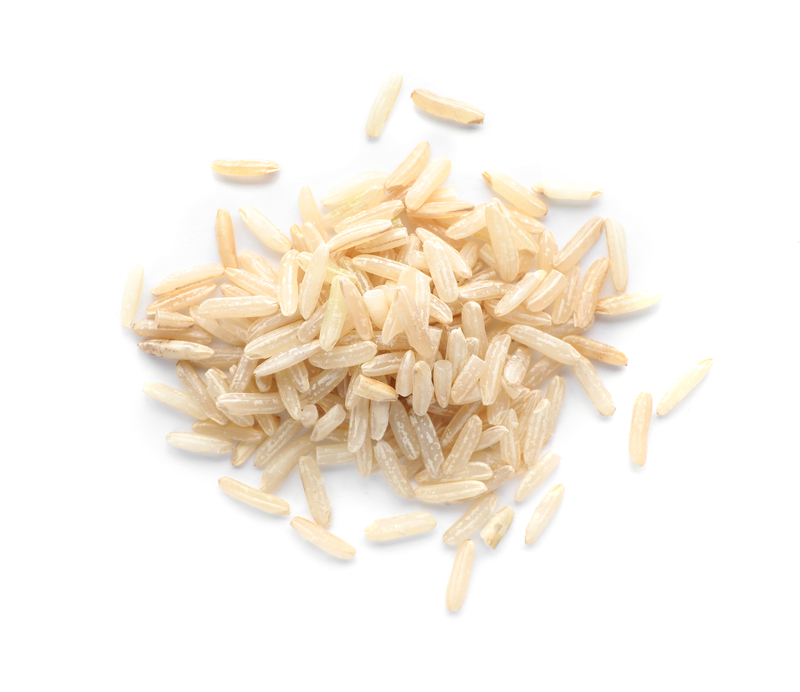
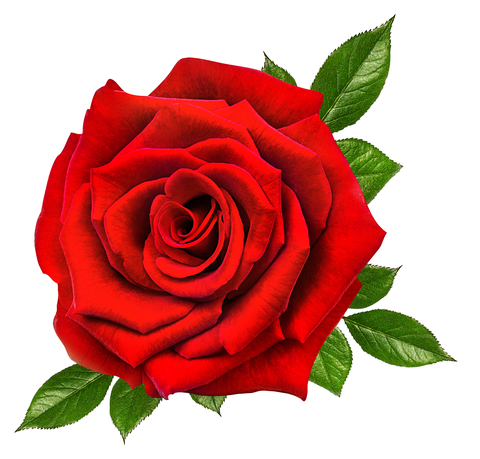
Rose (mei gui hua), rosa
Chinese Medicine properties: tonifying, harmonizing, regulating.
The rose is, perhaps along with the lotus, the definitive universal botanical symbol of pure, unequalled beauty, both in Western and Eastern traditions. Its essential oil is said to have the highest vibration (ie the most ‘life’ or qi) of any plant.
In the Chinese herbal tradition the tonifying and regulating properties of this extraordinary flower means it acts on the skin to give a deep radiance by maximizing qi; its harmonizing effect contributes to overall balance.
Sandalwood (tan xiang), Santalum album
Chinese Medicine Properties: regulating, harmonizing, calming, clearing
The regulating and harmonizing effects of sandalwood help achieve and maintain ideal moisture balance and even tone, supporting skin’s underlying structure by promoting movement of nourishing blood and qi. The scent of this sandalwood is regarded as profoundly calming and centering. It is used widely in the East as incense for this reason; and its spicy, creamy scent is recognized everywhere.
Sandalwood is known to calm itching and inflammation, and ongoing studies point to a promising use in tumor prevention, which makes it perfect for daily treatment of sun-exposed skin.
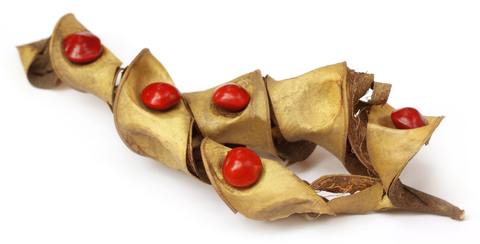
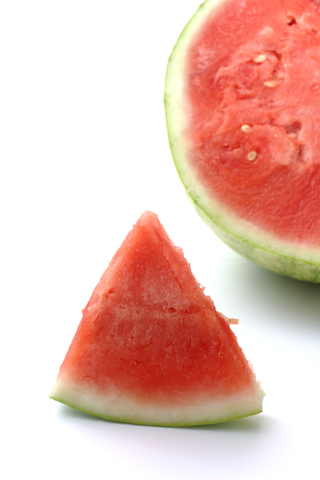
Watermelon (xi gua), rind (xi gua pi), Citrullus lanatus
Chinese Medicine Properties: cooling, yin-tonifying, transforming.
This sweet melon is exceptionally cooling, hydrating,and tonifying particularly to the Yin, which makes it superior for maintaining moisture balance in the body and skin. With its high content of antioxidants, flavanoids, carotenoids and vitamin C, this superfruit is understood by modern science to have superior protective effects on DNA against skin damage from UV light and pollution.
